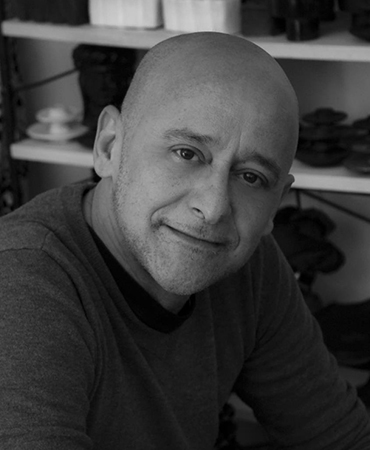Eugenio Vazzano likes to summarize his work in these three maxims: “hands instead of the machine, the shop instead of the factory, the passion that becomes work”. This is his conception of craftsman; an “artistic craftsman”, as they often call him, who does not rely on digital technology, but remains tied to manual skills and high-level professional processing techniques. Techniques that are daughters of the ancient traditions of which Italy and in his case Sicily in particular are the cradle.
Last of seven children, born and raised in Melilli, who moved to the United States at the age of fourteen to study art and chase his dream, he returned to Italy and chose Florence to study at the American Academy of Art, working simultaneously in a the city’s prestigious fashion boutique. The desire to return to Sicily in his Melilli quickly comes forward and arises from the certainty of the roots and from the familiarity with the patrimony of experiences: a genetic patrimony that receives references, suggestions, motifs of inspiration in a continuous reference to art, culture and the costume of Sicily.
The global curiosity of the long American youth experience remains, which allows to naturally combine the Baroque splendor to poor art, and above all the courage that gives birth to the “Melilli factory”, the manufacture, housed in an old caponata factory, in to which blankets, throws, towels are born … but also tapestries and refined “rags” for the home, as he likes to define them himself.
The laboratory-atelier now includes more than ten collaborators, who work with the same philosophy, inspired by the recovery of a still alive past and creative recycling: each piece of advanced fabric is the beginning of a new story, the essential first piece of a new work of art. The fabrics used are many, from the most traditional such as fine silks, refined cottons, linens and velvets, cashmere, brocade and jacquard, but also unusual fibers such as raw jute, oriental wool and jeans, which are then dyed, creased, decorated.
The American years were very important to refine some techniques and knowledge: in Miami, in fact, in the nineties, the desire to know led the artist to frequent the warehouses where used clothes for the homeless were kept: from those ready-made clothes with fabrics from the thirties, forties and fifties, the first patchworks were born, then they became the most recognizable brand of all of Vazzano’s own work.
